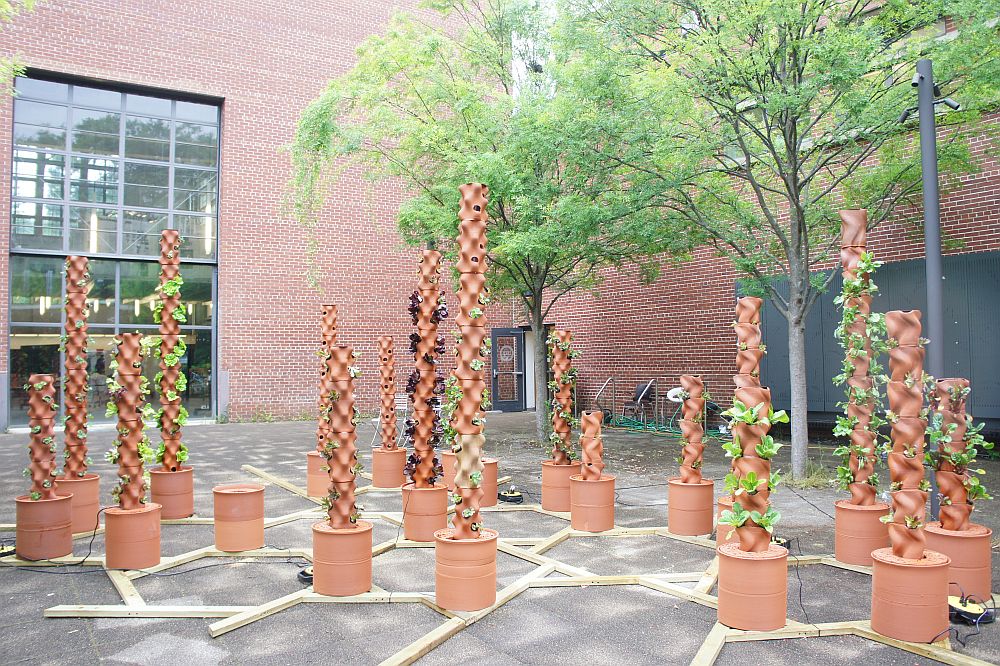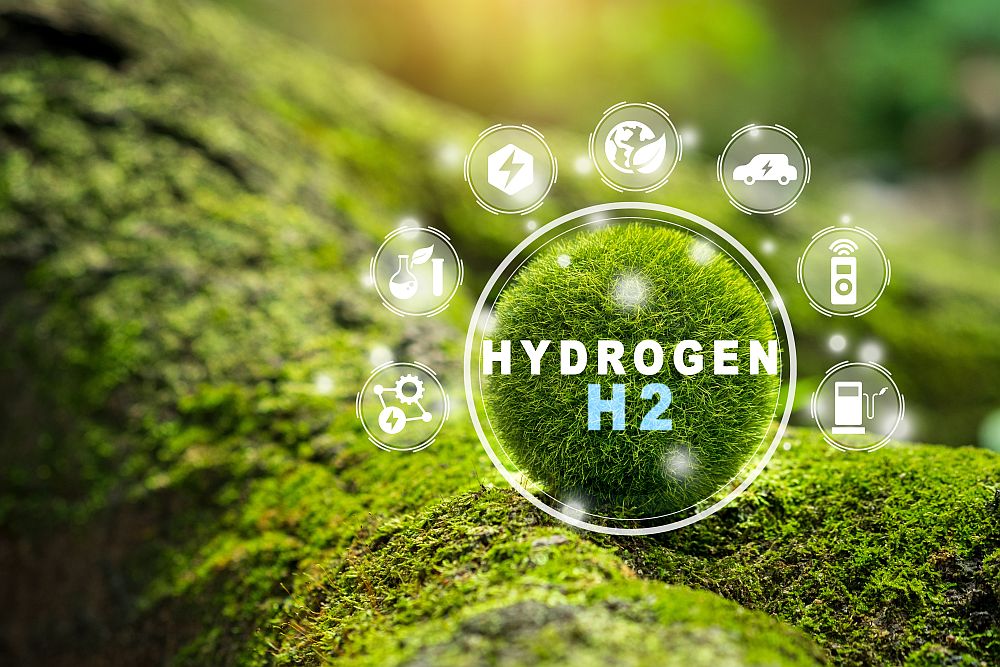For many applications, the living cells are immobilized within a stable matrix system. This prevents the embedded cells against culture washout and protects them from external impact like shear forces, pH, or solvents. Besides commonly used natural polymers some porous inorganic matrices have become increasingly important for immobilizing living cells.
Results of former studies have shown that bacteria can be successfully embedded within a very hard concrete matrix and remained viable for a period of four months. This encouraged the R&D organization GMBU and the company InnoTERE (both Dresden, Germany) to investigate the immobilization of microorganisms in cements. The researchers examined the viability and biocatalytic applicability of the bacteria Rhodococcus ruber and the yeast Saccharomyces cerevisiae, in particular their dependence on preparation conditions.
For their investigations, they used magnesium phosphate cement, which can be easily prepared by mixing hard-burned tribasic magnesium phosphate powder and ammonium phosphate solution. Due to the stiffness of the cement matrix bioactive MPC could be very interesting for applications in bioremediation, in biotechnology as bulk material in large columns or reactive walls, or as bioactive cement plaster within sewers.
To evaluate the applicability of MPC for the immobilization of living microorganisms the researchers determined the glucose conversion using immobilized S. cerevisiae and the phenol degradation using immobilized R. ruber.
The results of the study, “Cements with embedded living microorganisms — a new class of biocatalytic composite materials for application in bioremediation, biotechnology” (doe:10.1002/adem.201080040) revealed that the bioactive composite material exhibits good mechanical and chemical stability. The embedded cells survived the embedding within the cement matrix even though the cements showed much slower glucose and phenol consumption in comparison to non-immobilized cells.
Limitations in mass-transfer probably cause the reduced activity of the embedded cells. To overcome such limitations further examinations especially to the size and pore structure are necessary. Nevertheless, combining a cement matrix with living microorganisms very promising biocomposite materials for application in biotechnology can be fabricated.
CTT Categories
- Biomaterials & Medical
- Cement
- Environment
- Material Innovations



